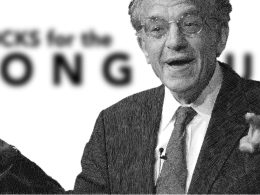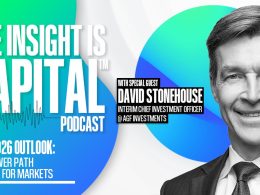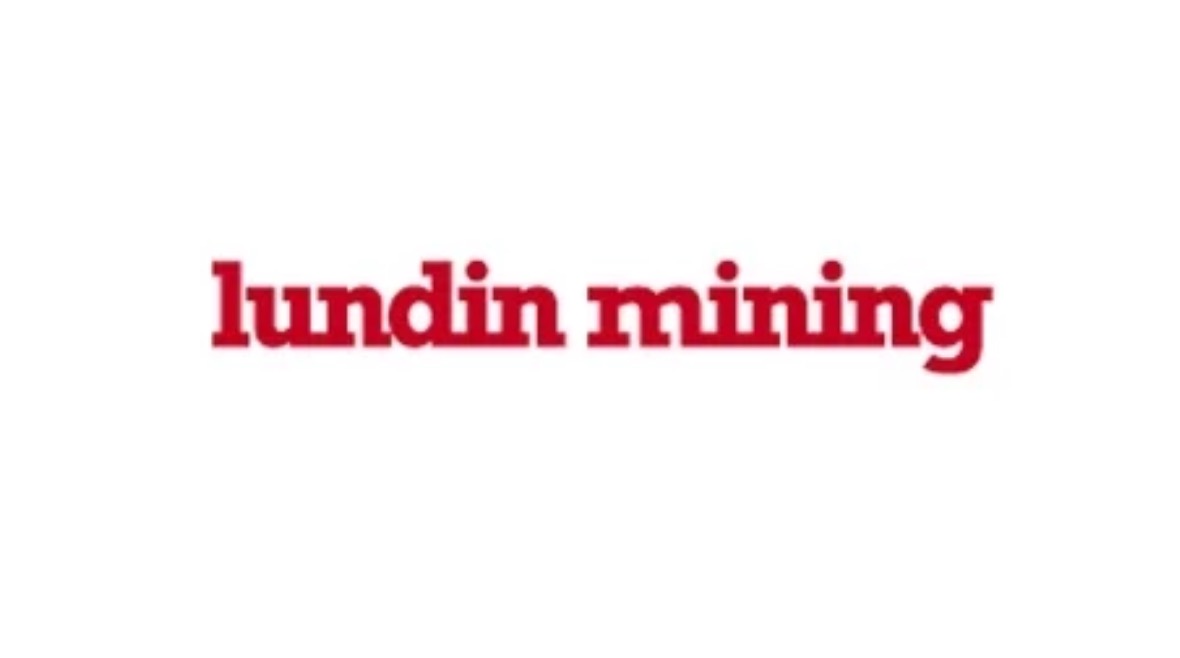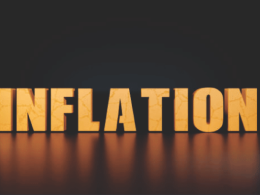by Hubert Marleau, Market Economist, Palos Management
September 19, 2025
The Fed has cut its policy rate by 25 basis points, with one dissenting vote, as weak unemployment numbers gave the monetary authorities cover to partially satisfy the insatiable President Trump, who had wished for a bigger 50 bps move.
Acknowledging that the Fed is stuck between its dual mandate - price stability and full employment - and in a pressure cooker stemming from overt signs of political interference, the situation has forced it into a guessing game, making it very difficult to know whether it has deployed the right decision to execute a prudent monetary path sufficiently equal to the task.
I did not favour a rate cut because it was not really needed and probably wrong. For example, this week we got a very solid Initial Job Claims report, and an extremely strong Philadelphia Fed survey. Nonetheless, I admire the way Chair Powell stoically handled the press, telegraphing that it had been a risk management decision, and concede that the monetary authorities had sound economic justification for their decision: Indeed, I love how they demonstrated unanimously that their independence still prevails.
Henceforth, investors should focus on whether the neutral, the dot-plot and the swap market to see if these are all in sync. Presently they are: the gap between the policy rate (4.125%) and the neutral rate (3.50%) is 50bps, while the Fed’s so-called dot plot is looking for a half-point cut, as is the swap market in conjunction with the money supply, which currently is running at an annual rate of 5.0%. In this latter connection, the Fed has not fallen, in my view, behind the curve, and there is no urgency to take the policy rate to neutral.
What Took Place in the Week ended September 19?
US stocks rose on Monday driven by broadening support for technology companies, especially Google, which climbed 4.5%, amid signs of rapprochement in the economic face-off between the U.S.and China. The S&P 500 closed up 0.5% to 6615, registering another all-time high:six in the last 10 trading sessions.
On Tuesday, US stocks struggled to build on records as suspense rose over what the Fed was going to say next day, given that retail sales for August had come in much stronger than expected, rising 0.6% m/m, thereby enriching the Atlanta Fed’s GDPNow model estimate for real growth in Q/3 to 3.4% from 3.1%. Ceteris paribus, the US dollar should have strengthened as a result - only it didn’t. The US dollar index fell significantly, hitting its lowest level since February 2022, as forex traders feared that the Fed would cut its policy rate in a dovish manner, contrary to prudent practice. The S&P 500 was off 0.1%, leaving it nearly flat at 6607.
On Wednesday, Wall Street finally got what it had longed for, for months on end: a quarter point interest rate cut from the Fed, with indications that 2 more were forthcoming before the year ends. Interestingly, only Stephen Miran, Trump’s newly appointed governor, dissented in favour of a 50 bps cut, signalling that the Fed’s independence may be more durable than some have feared. Powell suggested that investors should think of the decision as a risk management cut not because a recession appears imminent, but rather to avoid one, thereby eliminating the worst case scenario that could have become problematic for the Fed, which has been under intense political pressure. In the end, Powell admitted that there’s no risk-free path for monetary policy, yet laid out one that poses no immediate threat to the financial markets as a whole. In this context, investors remained unshaken: the S&P 500 dipped 0.1% to 6600 - my original 2025 target, which I updated to 6750 last week.
On Thursday, Wall Street operators powered the S&P 500 to 6632, registering a new all-time high, making large bets that the Fed will run the economy hot with even more interest rate cuts.
On Friday, we ended the week with the September “quadruple witching” options, futures, index options and single-stock futures expiration - an event that can amplify market volatility. The S&P 500 struggled for direction, by mid day it mwas up marginally, touching 6651.
The Near-Term Stock Market Outlook
Last week, I wrote that I had 6 good reasons why I thought the economy will likely muddle through: low oil prices, easy money, productivity gains, a cheap dollar, deregulation and the AI capex boom being the key ingredients that should keep the trajectory of the US economy positive. This is why the Atlanta Fed’s NowCasting Model is presently tracking real growth of 3.4% in Q3, and why the NY Fed Staff Casting model is projecting 2.2% in Q4.
Moreover, in a plethora of corporate surveys, a large number of companies surveyed have made plans to enact AI, trim their workforce and raise buybacks in the next 12 months to boost productivity, protect their profit margins and keep EPS guidance intact.
One human factoid that is encouraging for equity bulls, is that the S&P 500 has been higher, on average, a year after the Fed resumes cutting rates following a pause of 6 months or more, as is the case now. Perhaps intriguingly, but according to the Bank of America’s monthly survey of global fund managers, smart money is flashing warnings that stocks are overvalued with too much froth, fearing dollar debasement, a second wave of inflation, and a disorderly rise in bond yield as potential threats and yet are bullish on the market itself, believing that the AI phenomenon is not in a bubble. Nonetheless, there are 3 overcrowded trades: long gold, short dollar and long tech. With this in mind, I bought SLB, BCE, and CRWD, but sold NEM, ORCL, MSFT and WFG.
Copyright © Palos Management















